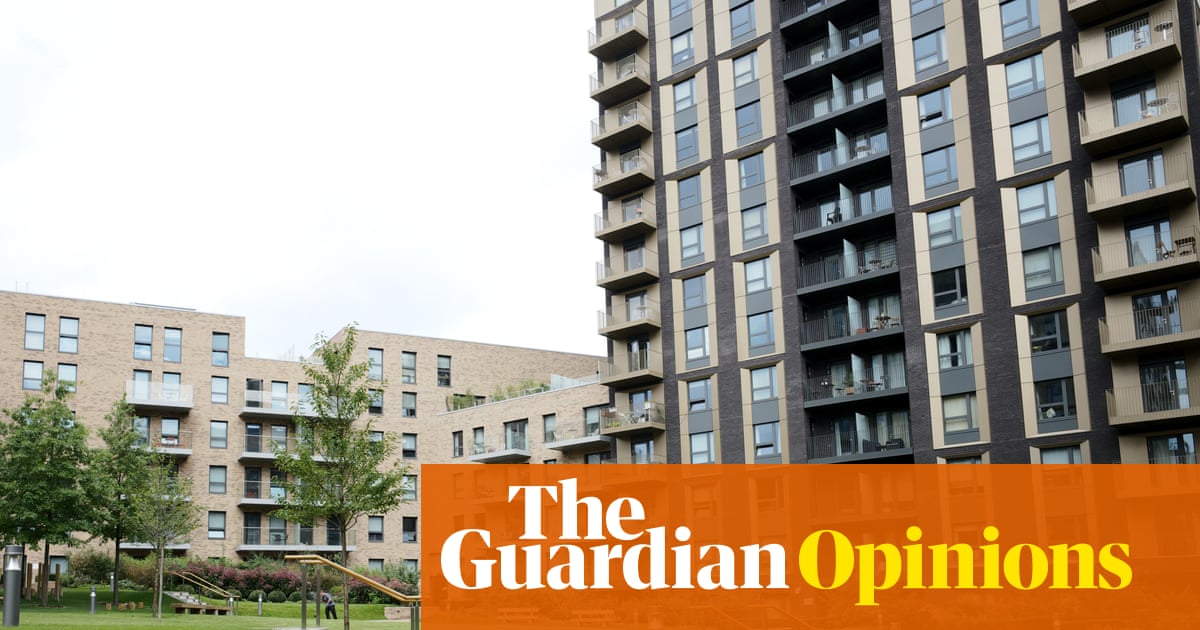
"To an outside eye, English cities might seem deliberately designed to foment a housing crisis. Unconstrained by craggy topography or fortified ramparts, their Victorian developers built endless streets of low-rise terraces. Cities that expanded during the Industrial Revolution are less dense than their European equivalents and have far fewer flats. Their private rental sectors are fragmented, dominated by small-time landlords for whom property ownership is often a second career."
"These build-to-rent developments are transforming the skylines of Manchester and London, and have added about 14,000 new homes each year since 2020. For a Labour government that hopes to build 1.5m homes, the sector's growth looks like a blessing. Clive Betts, the Labour MP who chairs a build-to-rent taskforce, has described such developments as good-quality housing with a real future. Labour's pledge to build, build, build rests on the idea that supplying more homes will make housing more affordable."
English cities expanded during the Industrial Revolution with low-rise terraces, resulting in lower density and far fewer flats than European equivalents. Private rental sectors are fragmented and dominated by small landlords who often treat property as a second career. Large investors have begun building high-rise build-to-rent apartment blocks, adding about 14,000 new homes annually since 2020 and reshaping city skylines. Growth in the sector appeals to governments reluctant to increase public spending. In London boroughs with many developments, rents rose 48% to 52% since 2015; Brent experienced the largest increase, with some two-bedroom flats renting for £2,471–£3,370 per month.
Read at www.theguardian.com
Unable to calculate read time
Collection
[
|
...
]